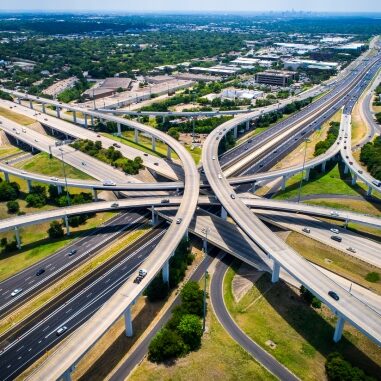APWA's Resource Center is a centralized location that brings together a collection of materials, training and resources. The resources are on-demand, easy to use learning options that you can use to enhance your knowledge, skills and professional learning.
The Resource Center is an APWA member benefit that includes over a thousand resources in different media topics, publications and all the topics covering the breath of public works. A limited number of resources are available in the Resource Center for non APWA members.


